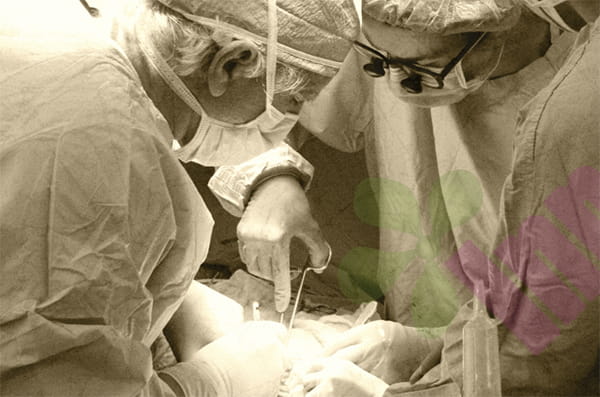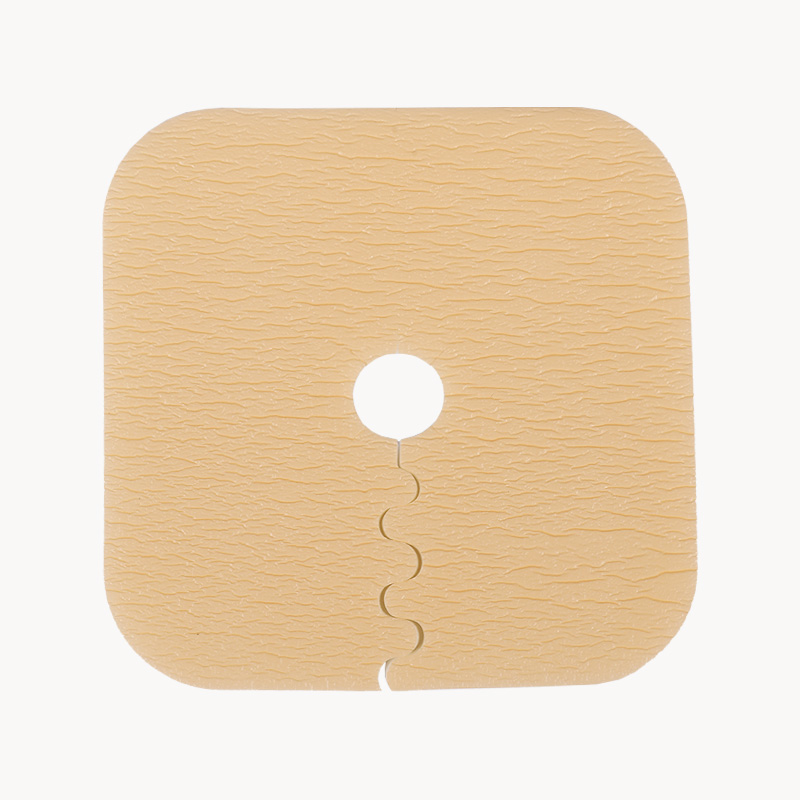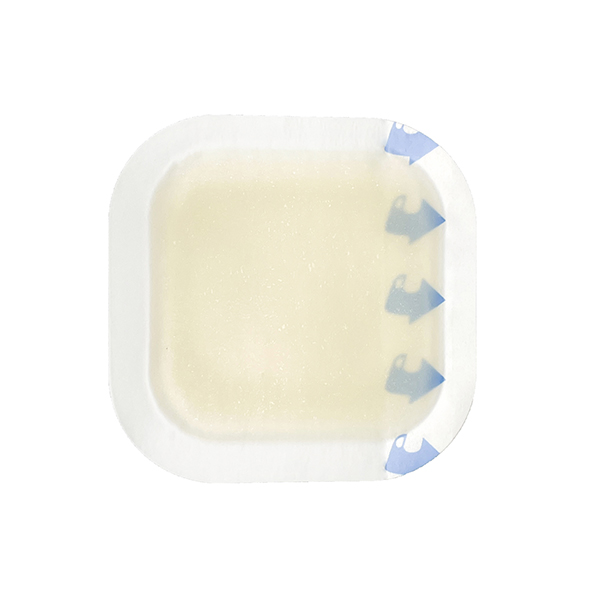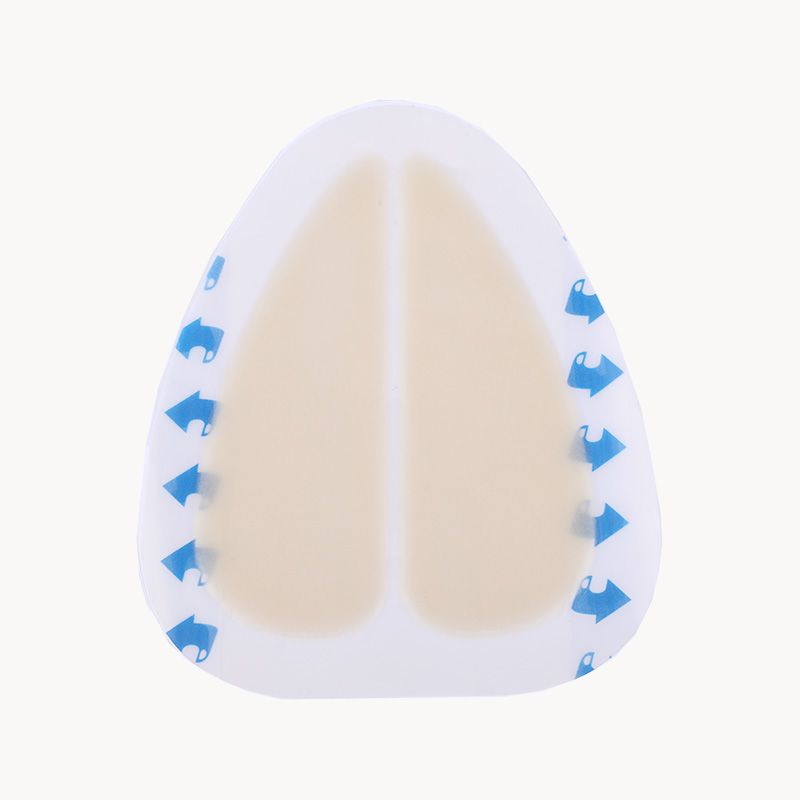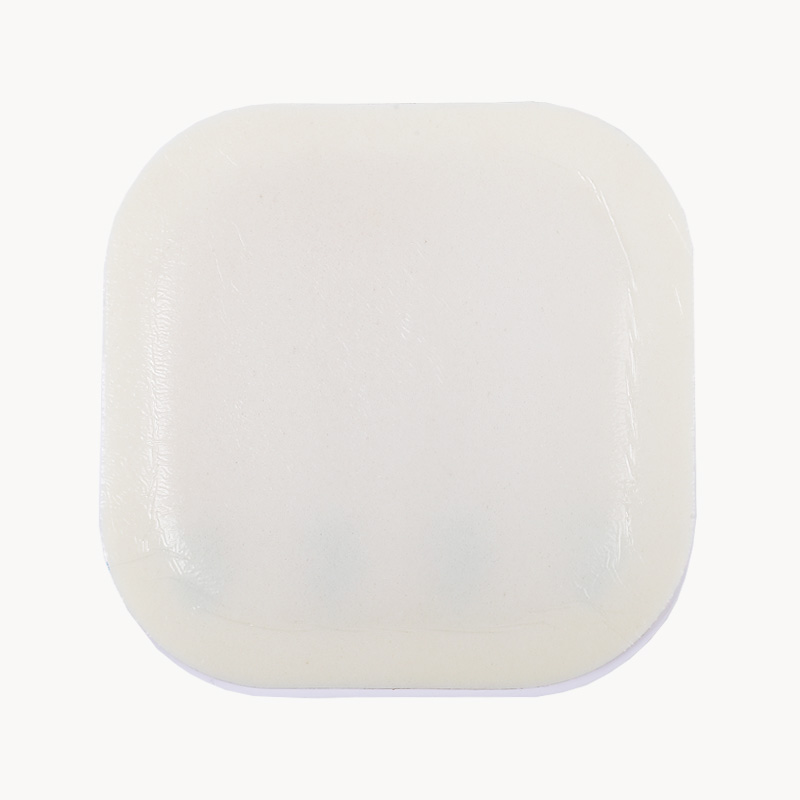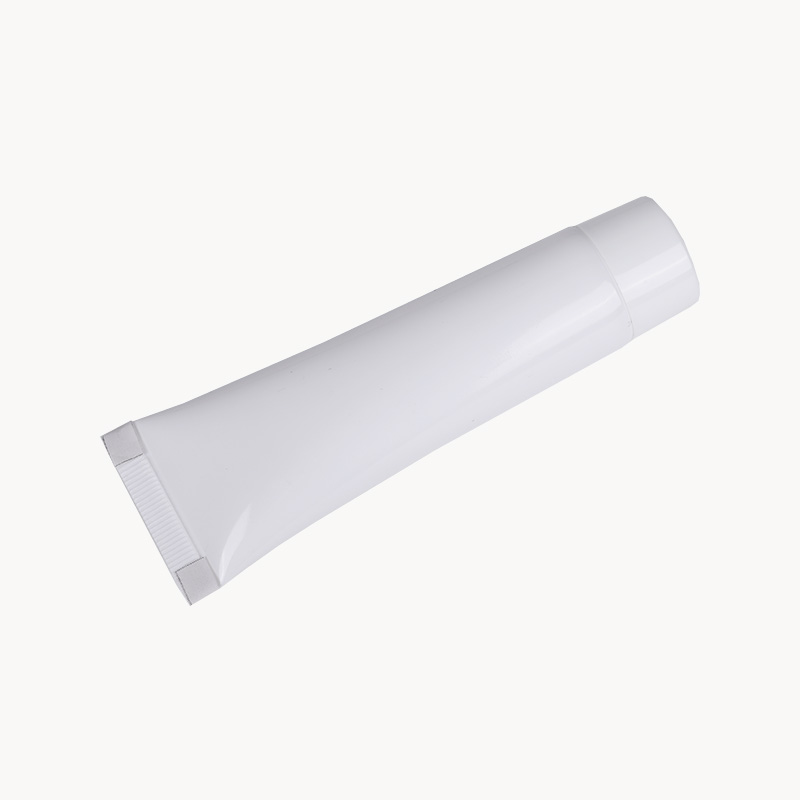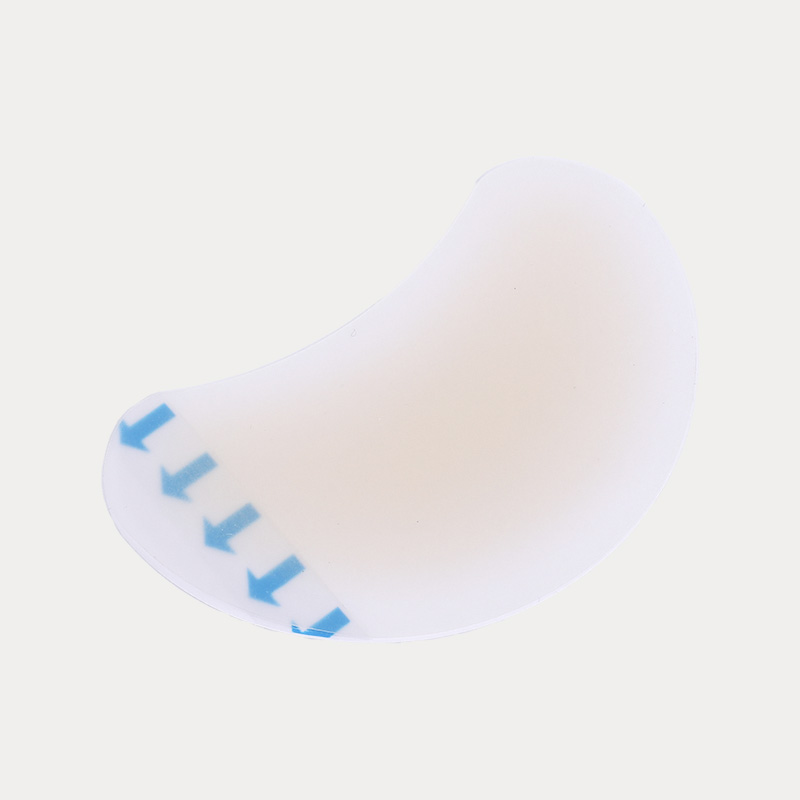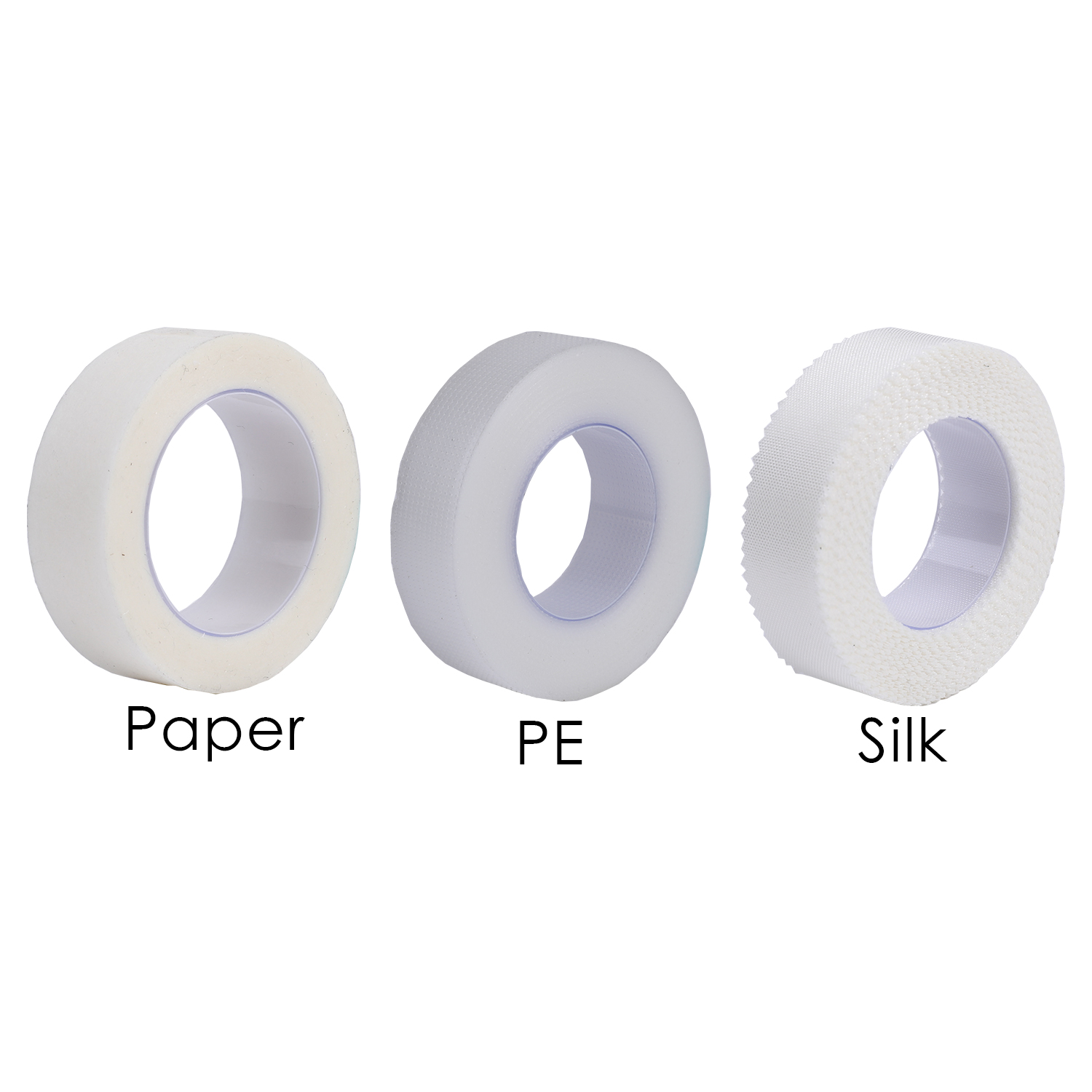Johns Hopkins University study discovers key protein Piezo1 regulates skin mechanical growth, providing new ideas for skin regeneration treatments
A new study led by Johns Hopkins Medicine reveals the central role of the protein Piezo1 in regulating skin growth in response to mechanical tension. The study demonstrates that Piezo1 senses the physical signals of skin stretch and coordinates subsequent metabolic and immune responses to promote skin growth. This discovery lays the molecular foundation for the development of new non-invasive therapies for patients with burns, trauma, and other conditions requiring skin grafts.
The study, published in the journal Nature Communications on July 25, notes that moderate mechanical stress is a key driver of skin growth, similar to changes observed during childhood and pregnancy. However, the molecular mechanisms underlying this process were previously unclear.
The research team used spatial transcriptomics to analyze changes in gene expression in mouse skin at different time points after stretching. The results showed that in stretched skin tissue, expression levels of genes associated with stretch response, angiogenesis, and stress granules were significantly upregulated, accompanied by enhanced immune cell activity, indicating a systemic and coordinated response to increased skin tension.
"We found that these activated signaling pathways were closely linked to Piezo1 expression," says Ying Chao, Ph.D., the study's first author and a research assistant in Garza's lab at the Johns Hopkins University School of Medicine.
To clarify the function of Piezo1, the researchers conducted gain-of-function and loss-of-function experiments. When mice were treated with the Piezo1 activator Yoda1, tension-related inflammatory and metabolic pathways in the skin were rapidly activated, leading to a significant increase in skin surface area, weight, and epidermal thickness compared to untreated controls. Conversely, in mice specifically knocked out of the skin Piezo1 protein, the skin's ability to adapt and grow under mechanical tension was severely impaired.
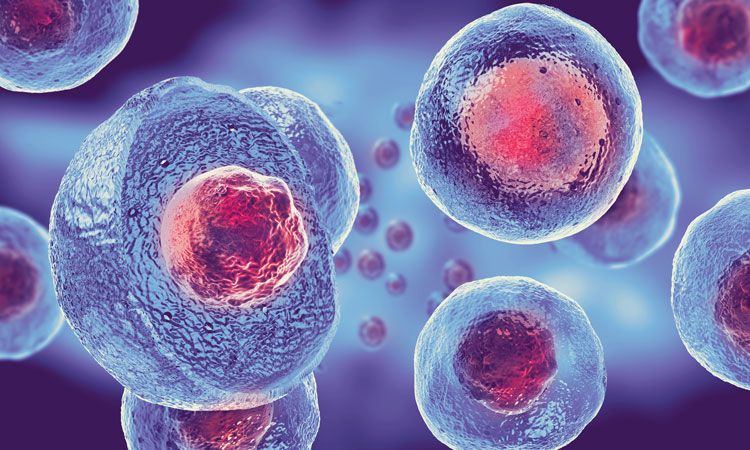
The researchers believe that these results provide the first molecular confirmation that Piezo1 is a key trigger in the mechano-responsive growth of the skin.
Currently, commonly used skin expansion techniques in clinical practice, such as the use of silicone expanders, are time-consuming and can lead to complications such as infection. This research provides a new target for finding safer and more effective skin regeneration methods, which may benefit patients who require reconstructive surgery due to burns, trauma, or congenital defects in the future.
The research team said the next step will be to explore the potential application of these findings in humans.
This work was funded by multiple grants from the National Institute of Arthritis and Musculoskeletal and Skin Diseases, including the U.S. National Institute of Arthritis and Musculoskeletal and Skin Diseases. A conflict of interest statement is included with the paper.

 English
English عربى
عربى Español
Español русский
русский 中文简体
中文简体